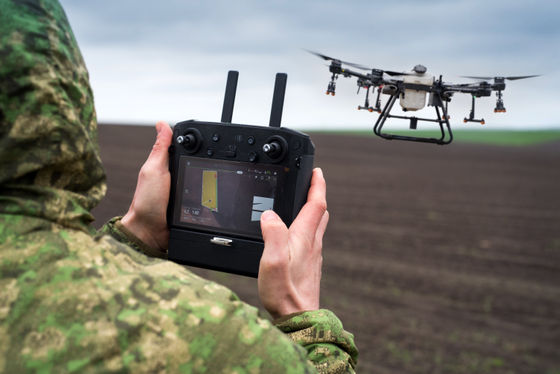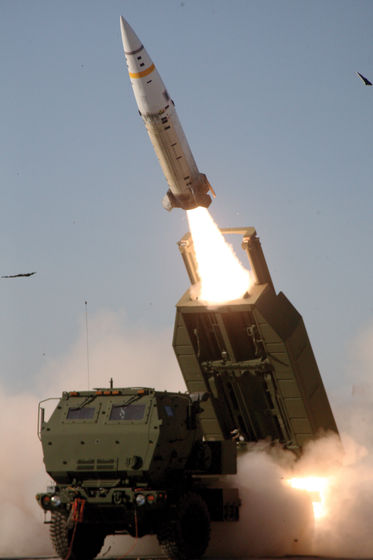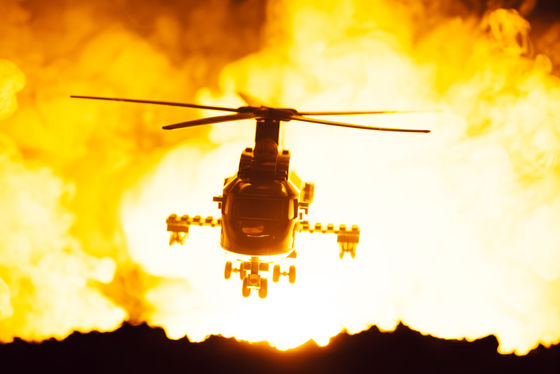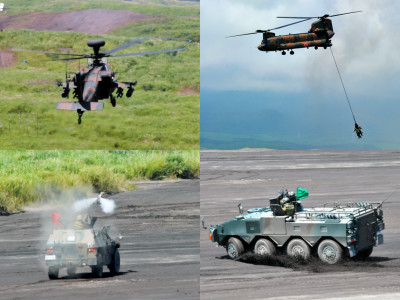Is the attack helicopter dead?

In February 2024,
Is the attack helicopter dead? | Hush-Kit
https://hushkit.net/2024/10/07/is-the-attack-helicopter-dead/
Problems facing attack helicopters
According to Hush-Kit, Russian attack helicopters operate over large areas of Ukrainian territory where air superiority , or the superiority of friendly air power, is not assured, and they also face the problem of scattered infantry equipped with advanced man-portable air defense systems (MANPADS) .
It is difficult for helicopters to detect these threats in advance, and the combination of open terrain significantly increases the risks for attack helicopters traveling across the battlefield.
Additionally, Hush-Kit points out that the apparent inefficiency of the helicopter's defensive and counter-measures equipment exacerbates the situation.
On the other hand, during the invasion of Ukraine, both sides have been using armed drones to target soldiers, reducing the opportunities for MANPADS to be used and increasing the risks to infantry soldiers.

◆Current situation surrounding attack helicopters and future developments
In Ukraine, attack helicopters are often used to attack armored forces, i.e. forces primarily equipped with combat vehicles, including tanks.
In the early stages of the invasion, armored units were deployed to attack Russian forces moving south from Belarus, Ukraine's northern neighbor, toward the Ukrainian capital of Kyiv. However, they were canalized along with their supply units, meaning they were guided along specific routes and suffered heavy damage from mines and artillery fire.
Since then, Russian armored forces have continued to attack, mainly from the south and east of Ukraine, but neither has been able to secure complete air superiority as both sides possess effective anti-aircraft missile systems.
First, Russia is conducting attacks from within Russian territory using medium- to long-range standoff weapons, such as cruise missiles and ballistic missiles, which there is little room for countermeasures against. A missile defense system may be able to reduce damage, but 'it is unlikely to hasten the end of a conflict that has become more strategic than tactical,' Hush-Kit said.
On the other hand, Ukraine has been provided with a significant number of surface-to-air missile systems from Western countries, and precision weapons such as

Armed drones have also been used to attack armored vehicles, with great success for both sides, but there are few photographs showing Ukrainian helicopters attacking Russian armored vehicles, or Russian helicopters attacking Ukrainian or Western armored vehicles.
In other words, because neither side has air superiority in Ukraine, attack helicopters are vulnerable to anti-aircraft fire, and they are being overtaken by drones in attacks on tanks and other targets, which are the main targets.
Future of helicopters
In this invasion, Russia is conducting high-risk operations against an enemy equipped with powerful weapons and with insufficient topographical cover, which is thought to have led to increased helicopter losses.
According to Hush-Kit, for attack helicopters to be successful in attacking armored forces in these circumstances, they must 'maintain air superiority and not operate over areas occupied by resistance forces equipped with MANPADS or other air defense systems.'
This is from the perspective of the attacking side, so conversely, 'it suggests that defenders may still be effective in deploying attack helicopters operating over their own territory,' Hush-Kit pointed out.

In addition, it is possible that helicopters will shift to the role of drone motherships, with large helicopters operating long-range drone systems and multiple medium-sized helicopters deploying attack and reconnaissance drones. Such concepts are mentioned in the US military programs as the abandoned Future Attack Reconnaissance Aircraft (FARA) and the Future Long-Range Assault Aircraft (FLRAA) , scheduled to begin operation in 2030.
Other notable developments include the emergence of new aircraft designed to work with remotely piloted vehicles (RPVs), such as the Leonardo AW249 helicopter, which has network capabilities for controlling unmanned aircraft.
Tentative conclusions
Taking this into account, Hush-Kit concludes that 'existing attack helicopters operating in favorable terrain remain effective as long as they are operated carefully. In particular, the expansion of 'network-enabled warfare' will likely become essential, along with the ability to engage long-range, preferably non-line-of-sight, targets.'
Related Posts:
in Vehicle, Posted by log1l_ks







